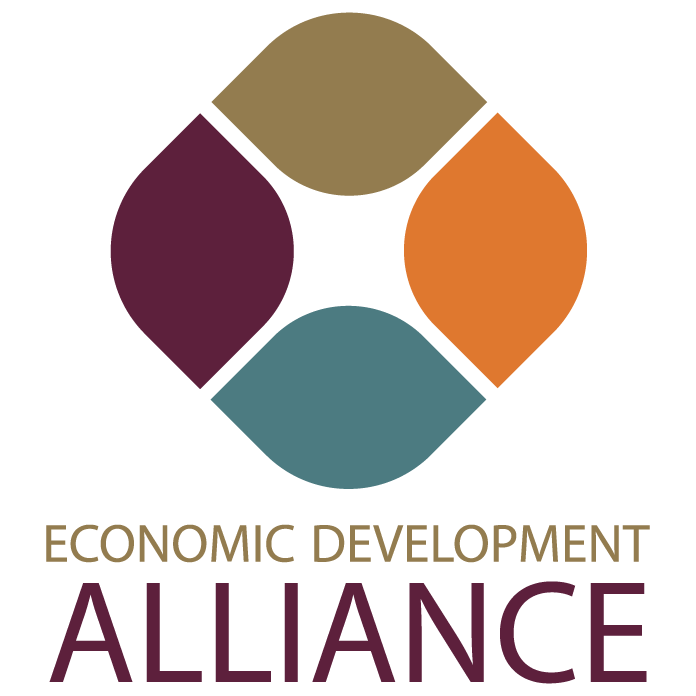Key Objectives of the Strategy
The 2024 Workforce Housing Investment Strategy for La Plata County is designed to enhance access to below-market housing and stabilize housing for local workers. Through targeted actions, partnerships, and state-level resources like Proposition 123, the strategy focuses on:
- Expanding Below-Market Housing Options: Creating housing priced affordably for the local workforce.
- Strategic Funding Alignment: Leveraging local, state, and federal resources for maximum impact.
- Collaborative Development: Engaging local governments and private partners in coordinated efforts.
Since 2022, La Plata County has made strides in meeting affordable housing goals. Notably:
- Housing Catalyst Fund: The La Plata Economic Development Alliance launched the Housing Catalyst Fund to support predevelopment efforts for housing projects, preparing them for competitive state and federal funding rounds.
- Proposition 123: With local governments opting in, La Plata County can now access the Affordable Housing Fund created by Colorado’s Proposition 123, committing to increase affordable housing stock by 9% over three years.
These efforts have positioned La Plata County to better meet workforce housing needs despite rising costs in the housing market.



